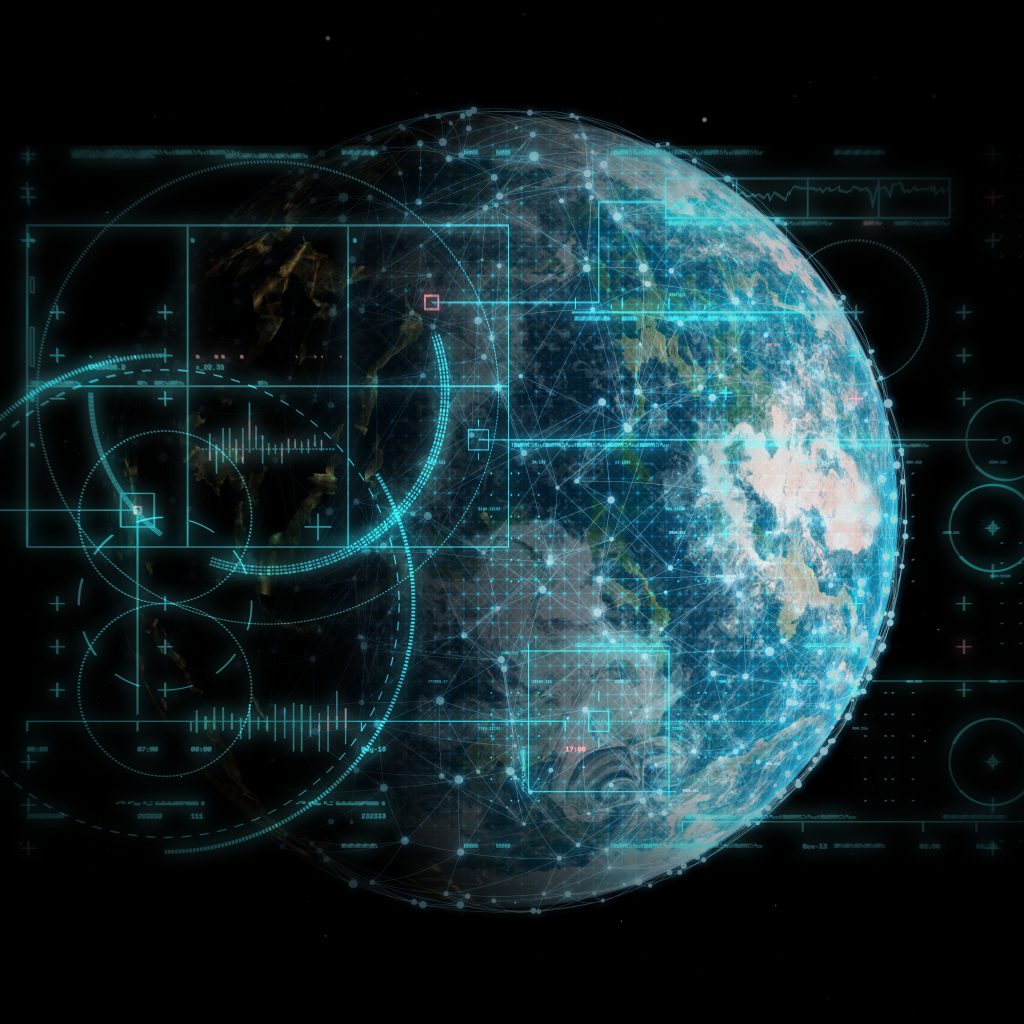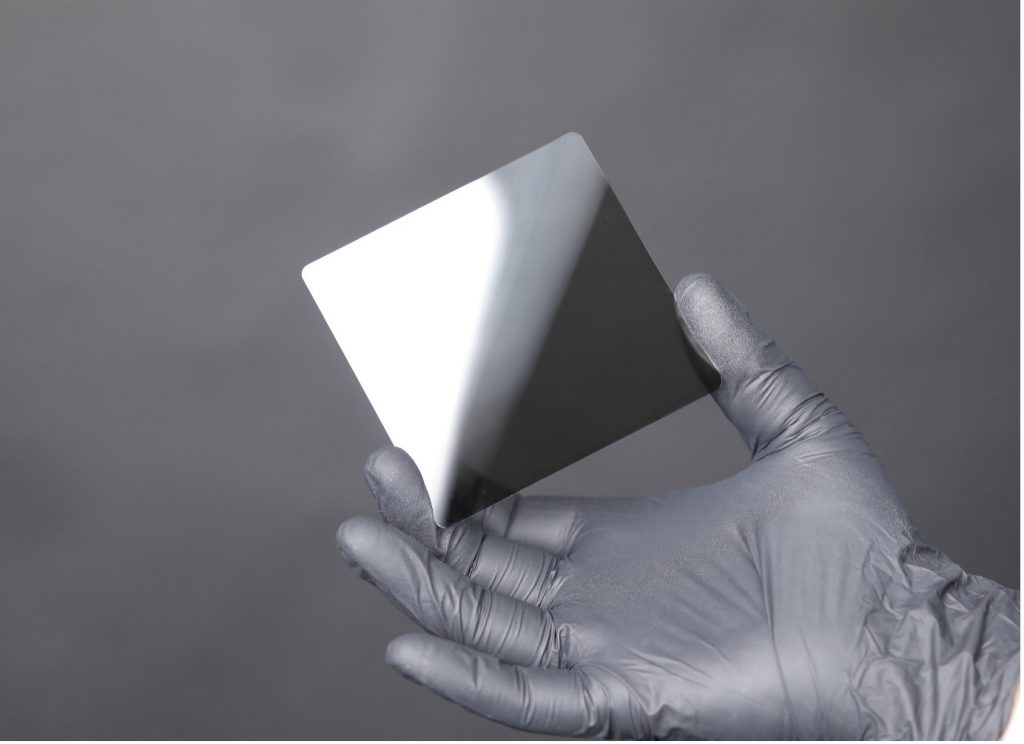Emerging Technologies
Digital Twins

Digital Twin technology is gaining traction across a diverse range of fields. It involves creating a dynamic digital counterpart of a physical entity, continuously updated to mirror real-world changes. CERN openlab focuses on Digital Twin use cases for scientific applications. Our involvement in the interTwin project, funded by the European Commission, focuses on developing a versatile digital twin engine prototype. This initiative spans physics, including particle physics, radio astronomy, and gravitational waves, as well as environmental modelling for early warnings using satellite imagery. Another direction of exploration includes CAD-based digital twins to enhance the operation of the Large Hadron Collider (LHC) and experiments. This not only aids in maintenance but it would also allow to simulate detector assembly scenarios. The potential applications are vast, offering simulation of underground interventions in a virtual space, resulting in cost savings, time efficiency, and reduced exposure to radiation.
Impact: CERN openlab will leverage the expertise developed in digital twin applications to offer versatile solutions, from scientific applications to enhancing LHC operations, enabling real-time modelling of real-world scenarios, predictions, and time-cost optimisation.
New Materials for Long Term Digital Storage

On the time-scale of HL-LHC, it is expected that tape will remain the archive medium of choice for CERN experiments. However, other archival technologies are in the R&D stage and should be investigated for possible future exploitation. This topic evaluates the characteristics and likely evolution of new materials as archival storage mediums to inform CERN’s long-term plans for data archival.
Impact: CERN openlab will foster investigations of innovative, long-term, and durable storage solutions (DNA, ceramics, silicon).
Cerabyte Ceramic-on-Glass Media (Image credit: Cerabyte)
